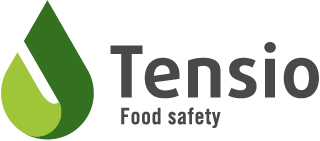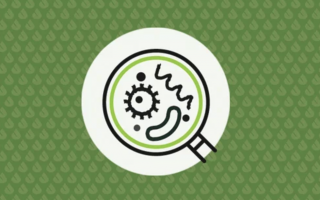Cross contamination occurs when (pathogenic) bacteria are transferred from one product to another. This can be done both directly (both products touch each other) and indirectly (through the hands, the processing material, the countertops, the machines, conveyor belts, etc.).
How bad is cross contamination?
It depends. When it comes to pathogenic bacteria, you can get sick. To this end, the bacteria must be given sufficient time to grow in the food, or there should be enough bacteria to be transferred immediately.
What products are susceptible?
Especially raw food (meat, chicken, fish, shellfish and their dripping moisture) can contain pathogenic bacteria that contaminate other food during the preparation.
If you can't see cross contamination with the naked eye, how can you prevent it?
First of all, be aware of the fact that cross contamination exists. Remember when you are preparing risky food products, and take into account our 11 tips:
- Always keep raw products well-separated from prepared products.
- Wash your hands well and regularly, especially if you have touched raw food. Dry your hands with a tidy, dry towel or a paper disposable cloth.
- Use clean materials, towels, cutting boards, dish cloths, etc.
- Use separate cutting boards and replace old specimens in time (cutting boards with grooves can no longer be adequately cleansed.)
- After the disinfection procedure, avoid working with bare hands.
- Never set up production lines above a sewer.
- Always place a lid on sewage pits, and disinfect it for sure.
- Use the correct cleaning or disinfection product with each specific contamination.
- Place the bin/container outside and always close it properly.
- If you clean the floor with a high pressure washer, pay attention to splashing dirt and waste.
- Avoid cross contamination through the soles: remove the rollers from the soles washer after use and submerge them in a desinfection bath.





